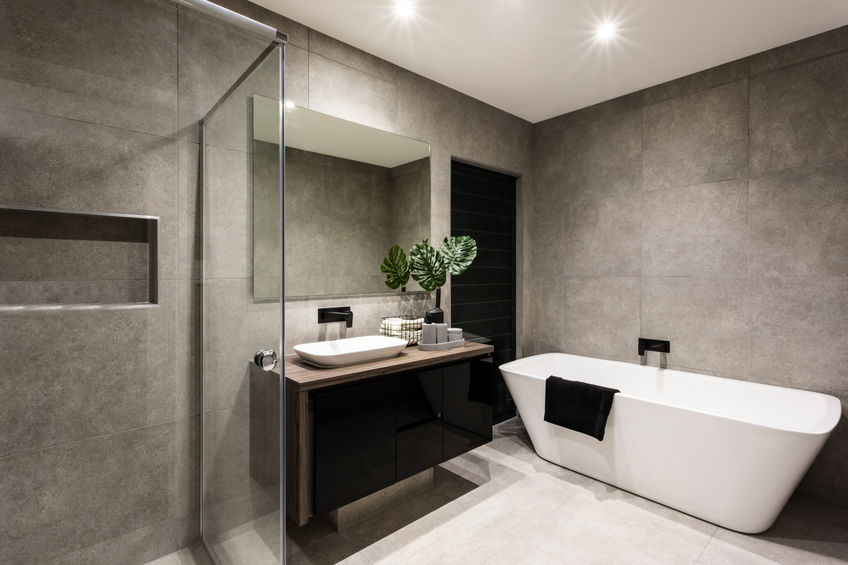Advice for Homeowners Looking to Master Personal Design

Things that we see every day, we begin to build immunity toward. It is easy to walk into a new home and see its strong and weak design attributes. However, consider your own life. Sometimes, we do not even notice ourselves aging because we see ourselves every day. However, run into someone you have not seen in ten years, and they may look different! Likewise, this immunity can occur in our own design themes in our homes. Over time, we become numb to weak points in our design and do not make them priorities to fix.
Step Back and Reevaluate
We live in our homes every day. It is easy to come immune to clutter or outdated designs. It is time to step back and unbiasedly assess your space. Are there areas that are outdated? Are there places that could use some decluttering? Stepping back and honestly assessing your space is the only way to reveal weak points. Do not look at your home as yours anymore. Try to disconnect your personal attachment and truly critique each room.
Declutter
One sure way to improve a design is to declutter. While minimalism is not for everyone, it is a style or genre which is easy to follow. The process truly consists of less is more. If you are at a total loss on where to begin in your design, you may need to declutter. We accumulate a lot of stuff over time. From furniture, outdated electronics, and décor, our homes are filled with miscellaneous clutter. Try to remove clutter from rooms to help reveal a more minimalistic aesthetic nature to your own design.
Continue to Learn
Another way to improve your design is to enhance your knowledge continually. Expand what you know and explore different designs. From social media, design catalogs, or blogs, all these can be continual avenues to explore in your own design. Maybe you have outgrown your old-style, or it has become outdated. Try to explore some of the newer trends and see which may work in your home.
Too often, we become content. There are endless tasks to be completed in every household. It comes down to how much you prioritize them. Try to assess your own design honestly.


